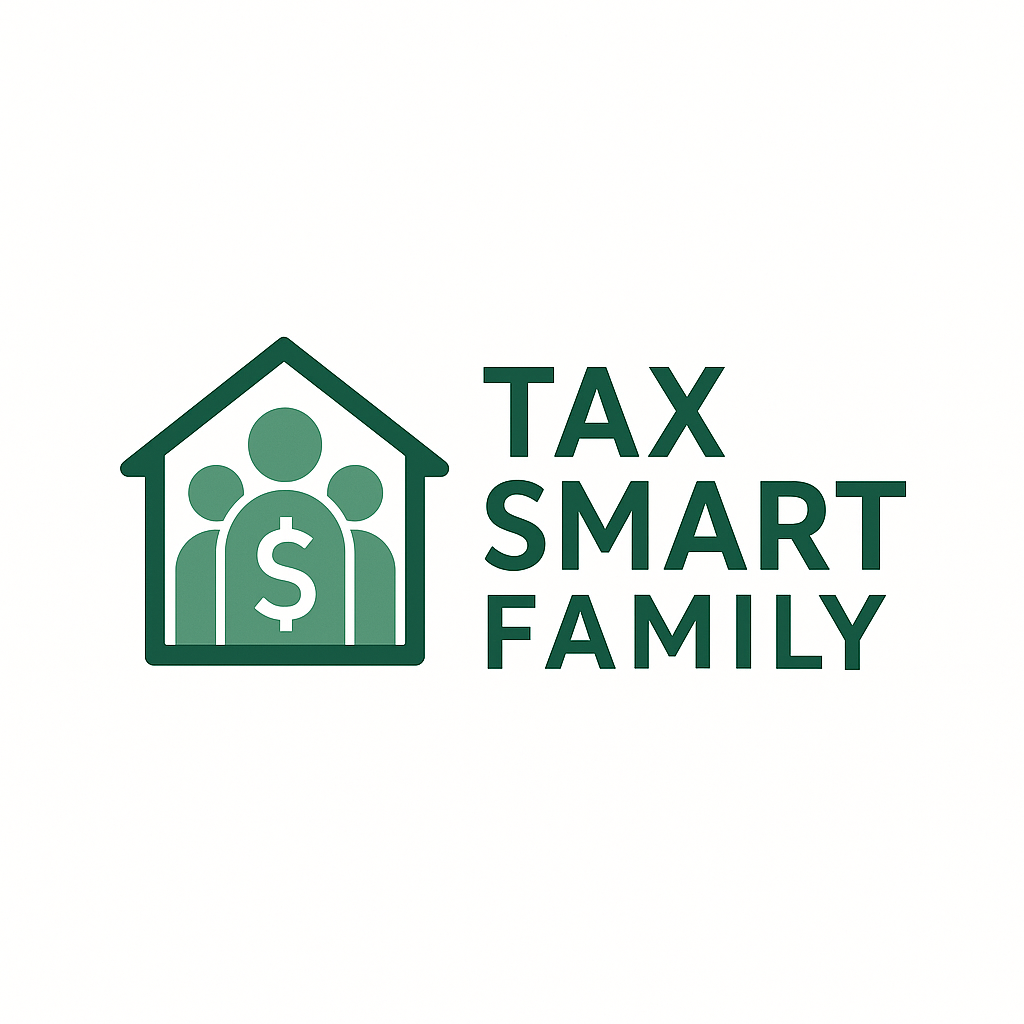How We Plan to Hand Over Control of the Roth IRAs When Our Kids Turn 18
Building financial ownership, not just accounts
Opening Custodial Roth IRAs for our kids was the easy part.
Teaching them how to own those accounts when they become adults? That’s the real mission.
Because one day — at 18 or 21 depending on the state — the legal control of their Roth IRAs will shift completely to them.
They'll be able to withdraw.
Move the money.
Manage it — or mismanage it.
And that transition matters more than most families realize.
In this post, I’ll share:
- How we’re preparing now
- What we’ll teach them before handover
- Why financial literacy beats financial control
- And how we’re building a system of trust, not just rules
The Legal Reality at Age 18 or 21
With Custodial Roth IRAs:
- The child becomes the full account owner at the age of majority (usually 18 or 21)
- The custodian (parent) loses legal control
- The account converts into a regular Roth IRA
At that point, the child can:
- Withdraw contributions at any time without penalty
- Keep investing
- Or cash it all out (which would be painful)
There are no special locks or handcuffs once they own it.
How We’re Preparing for Handover
1. Making Money a Conversation Early
We talk about:
- Earning
- Saving
- Investing
- Ownership
We don’t make money scary, complicated, or mysterious.
It’s a normal part of family conversation — like chores or birthdays.
Kids can’t manage what they’ve never talked about.
2. Showing Account Growth Over Time
Each quarter, we show our kids:
- Their account balance
- Contributions made
- Growth from investments
Even at young ages, seeing a “tree” getting taller matters.
We connect the dots between:
- Their work
- Their savings
- Their future freedom
3. Framing the Purpose
We’re teaching them that these accounts are:
- Long-term seeds
- Vehicles for their future
- Not bonus spending money for 18th birthdays
We frame it around:
- First home down payments
- Early retirement options
- Entrepreneurial dreams
- Security during hard seasons
It’s about choices, not restrictions.
4. Modeling Behavior
We show them how we manage:
- Our retirement accounts
- Our taxable investments
- Our emergency funds
Kids learn more from what you do than what you say.
When they see steady, calm investment behavior, they copy it — consciously or not.
How We’ll Hand It Over
When they turn 18:
- We’ll schedule a "Family Financial Handover Meeting"
- We’ll review:
- Account history
- Investment strategy
- How Roth IRA rules work
- Mistakes to avoid
- We’ll help them formally transition the account paperwork
- We’ll offer guidance — but no force
Once it’s theirs, it’s theirs.
Trust vs Control
We don’t plan to lock them down with rules they can’t understand.
We plan to build:
- Stewardship
- Ownership
- Perspective
We trust them because we’ll have spent 18 years teaching, not hiding.
That’s the handoff that matters — not the paperwork.
Final Thought: Plant the Trust, Not Just the Trees
Money without wisdom burns fast.
Money with stewardship multiplies.
Opening a Custodial Roth IRA was just planting seeds.
Teaching our kids how to tend those trees — patiently, calmly, wisely — is the real gift.
It’s not just about giving them money.
It’s about giving them the mindset that will grow it for life.
Next post: How to document work logs year-by-year — and create a paper trail that protects your family if the IRS ever asks.
Disclaimer: The information provided in this post is for general educational and informational purposes only. It is not intended as, and should not be construed as, financial, legal, tax, investment, or other professional advice. You should consult with your own qualified advisors before making any financial decisions. We disclaim all liability for any actions taken based on the content provided.
